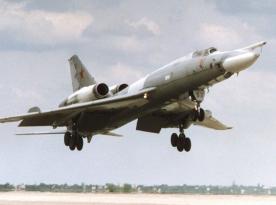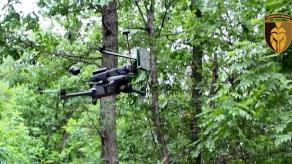This chapter is "obscure" because very few details are available in the public domain. Regarding illustrative images, the only known one is a photo of South Korean military pilots in the cockpit of a Ka-52, which only makes this story more intriguing.

The following details are generally clear: In the early 2000s, the South Korean army held a tender for the purchase of attack helicopters, with two models making it to the final round – the American AH-64 Apache and the russian Ka-52.
Read more: Kremlin's Energy Destruction Strategy Dates Back to the 1960s: Saboteurs Replaced by Tu-95MS Bombers
It is worth noting that at that time, the russians themselves considered the Ka-52 primarily a combat training aircraft, designed to be "auxiliary" to the attack Ka-50.
Under the terms of the tender, South Korea planned to purchase 36 attack helicopters, with a budget of $1.8 billion at the exchange rate of that time. Deliveries of the first helicopters were expected to begin as early as 2004.
There are references suggesting that the Ka-52 variant for the South Korean tender was designated the Ka-52K, where the "K" likely stood for "Korean." This version was expected to differ from the base model by having four hardpoints instead of six and a 20-mm cannon instead of a 30-mm one.
If primary sources from that time are accurate, it turns out that the modern russian Ka-52K Katran, for which a contract was signed with China in 2021, essentially originated from the design intended for the South Korean tender in the early 2000s.

Interestingly, no details are publicly available about whether South Korea conducted comparative tests between the russian Ka-52 and the Apache, and if so, what the results were and how the final decision was made.
We can only assume that South Korea chose not to order the russian Ka-52 due to the helicopter's "immaturity" at that time. Although it made its first flight in 1997, the Ka-52 only entered service with the russian army in 2011. As a result, South Korea opted for the American Apache, and its army currently operates 36 of these attack helicopters.
Read more: Ka-52 Pilot Commits Friendly Fire in Kursk, Gets Sent to "Atone" on the Frontline














